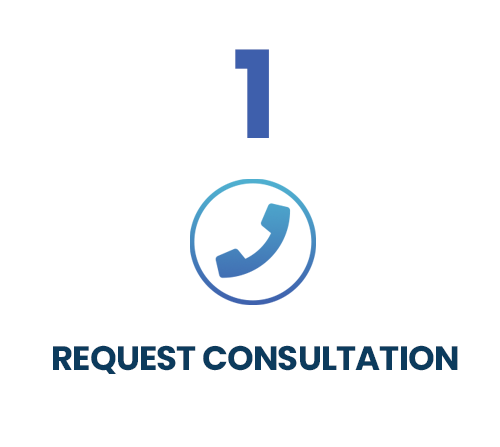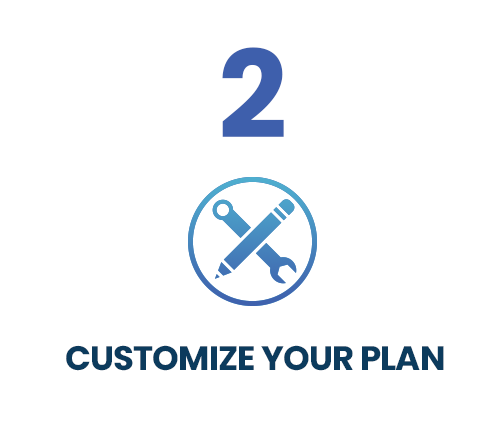With the holidays on the horizon and so many people taking their final vacation days, it’s easy to coast until the ball drops and the fireworks go up. However, you would be missing a key opportunity to get ahead of your competition and, perhaps, stay ahead of them. Now is the perfect time to start preparing your marketing strategy for 2017. Doing this will allow you to start engaging customers the minute you open for business on Tuesday, Jan. 3, 2017.
We’ve provided a few steps for building your marketing strategy along with several tactics that will lead to success in 2017.
Steps for Building a Marketing Strategy for 2017
Review Everything
The best way to determine where to go is to know where you’ve been. Take some time to review all aspects of your 2016 marketing efforts. Did you run an SEO campaign? Paid search? Email marketing? How effective were they in bringing in leads? Did those leads convert to customers? Examine your customer profile. Does it need to be adjusted in any way? Are there untapped markets that you can pursue? What about strategic partnerships? This should be balanced against the budget that you used for your marketing efforts. Are you spending your money smartly? Were there setbacks in 2016? How can they be avoided in the future? This may seem like an overwhelming amount of questions, but they must be answered earnestly to make the most of the opportunity to build an effective 2017 marketing strategy.
SET GOALS
Once you’ve answered the major questions and have a clear picture of your 2016 marketing efforts, it’s time to set your goals for 2017. It may be cliche, but it is critical that your goals are “SMART,” meaning they are specific, measurable, attainable, realistic, and timely. The first two are the most important. Whatever you want to do in 2017, you need to be specific about it. Abstract goals lead to abstract victories, but what’s not abstract is payroll. If your goals are specific, you’ll be able to measure them and see progress.
DETERMINE THE KEY MESSAGES
What messages do you want to convey to consumers? Much of that will have to do with what you have to offer and, most importantly, what they want from you. With a revised customer profile (including how they make buying decisions) and your goals in mind, you can devise your key messages. These messages will be a part of all your 2017 marketing efforts and should be continuously monitored for effectiveness.
Tactics to Consider in 2017
Now that you have clear goals and messages in place, it’s time to examine a few tactics for engaging consumers.
WEBSITE REDESIGN
Among the items that you should focus on when examining your 2016 efforts is your website. Along with general questions about its look and feel, you need to know if it’s mobile-friendly. We live in a mobile-first world with 80 percent of all Internet users owning a smartphone. You do not want to lose customers because of an ineffective mobile experience with your website. Also customers expect a fast experience. Google describes these experiences as micro-moments, moments when consumers conduct a quick search to answer a question, solve a problem, or make a purchase.
SEO STRATEGY
You don’t want to have the best looking website that no one can find. According to Search Engine Watch, 93 percent of online experiences begin with search. Employing this tactic effectively is vital to your business success. In 2017, it’s important to consider tactics to help search engines more easily read your web page, content strategy, connections between SEO and SEM, and landing pages.
PAID SEARCH
With so many people searching online for information and items, paid search is a worthwhile investment of marketing dollars. To be effective in this arena, it’s critical to understand where your customers spend their time. Once again, reviewing customer profiles are a big part of your efforts.
SOCIAL MEDIA STRATEGY
In recent years, social media has been passed off as mere window dressing or the stuff that you give to interns. However, you get out of it what you put in. One of the keys to social media success is establishing the proper tone for your messaging. It’s also important to streamline the research, posting, and interaction processes. This way, your social media posts are consistent, time is saved, and customers are engaged.
We can’t express the importance of creating your 2017 marketing strategy enough. If you need guidance with this process, the digital marketing specialists at Leverage Digital can help. We have the tools and expertise to help you kick start your 2017 marketing campaign.














